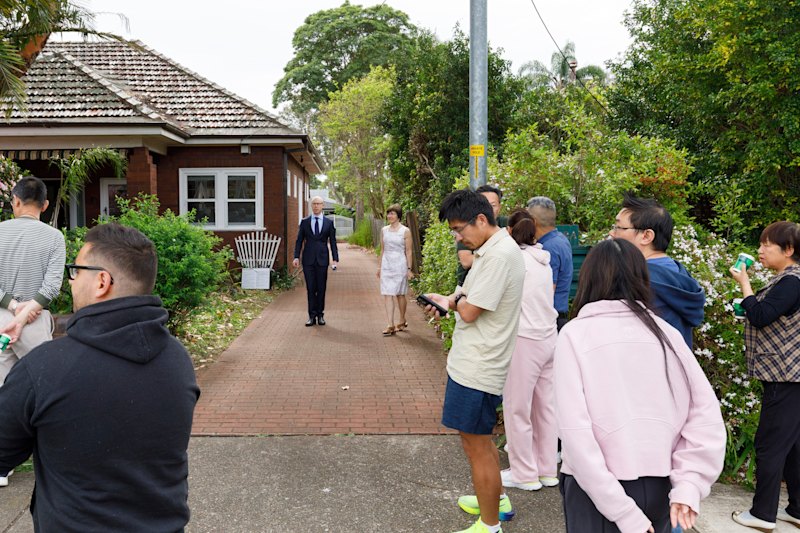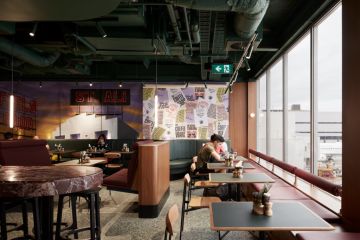Buyer cheat sheet: Where it's easiest to upgrade from a unit to a house
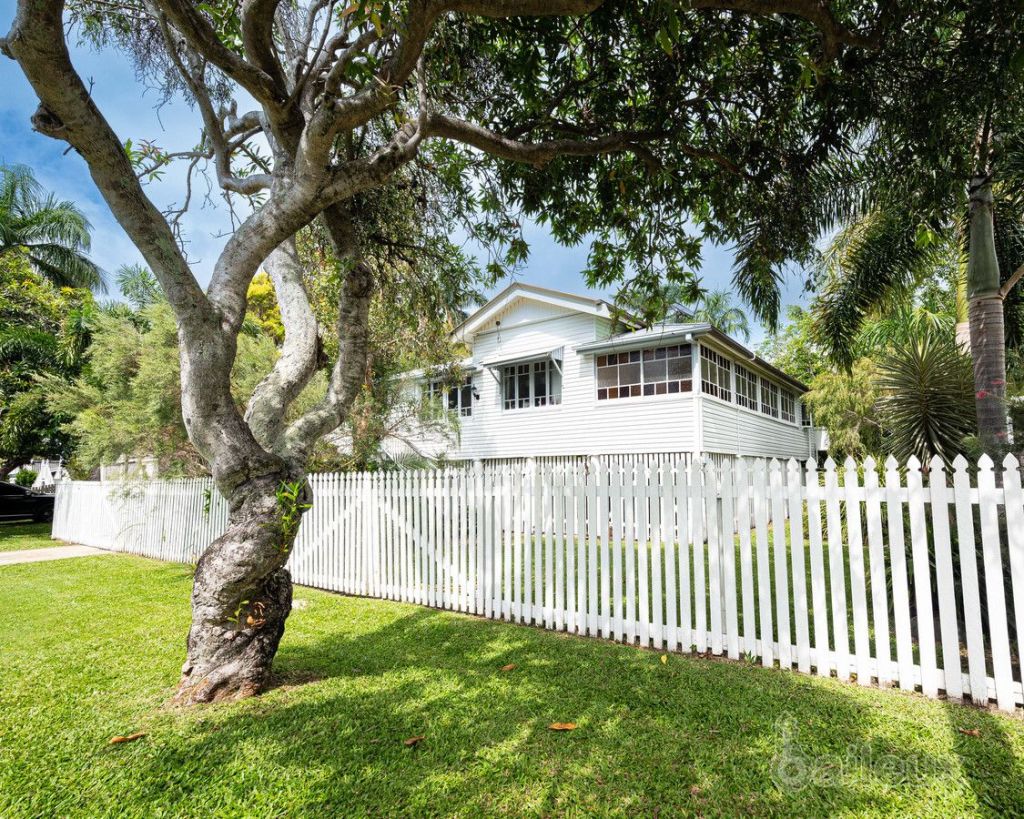
Never has the gap between the cost of units and houses been so wide.
Last year’s extraordinary property boom saw prices rise almost everywhere in Australia and while units were not exempt from the rising market, it was the price of houses that really stole the show.
In the space of just 12 months, the median price for a house in Australia jumped by $214,250, soaring past $1 million.
Units also rose during that time but not by nearly as much: the median price rose by a comparatively modest $44,317 in the 12 months to December 2021.
It has become especially difficult in the capital cities, where the price gap between units and houses has completely blown out since the pandemic hit. The sudden rush of buyers to homes with more space saw demand for houses accelerate and prices skyrocket, while demand for units languished.
Nowhere is this more evident than in Sydney, where the price difference between the unit median and house median has leapt from $400,000 in December 2019 – before COVID – to $799,000 in December 2021.
The cost of a house is now double that of a unit. In some Sydney suburbs – Strathfield, Collaroy, Woolooware and Killara to name a few – the price gap between units and houses runs into the millions of dollars.
In Melbourne, a unit owner in Toorak would have to find an extra $4 million to upgrade from a unit to a house, in Brighton an extra $1.9 million and in Malvern an extra $2.1 million.
The median cost of a house in Mermaid Beach on the Gold Coast is about $1.7 million more than the median price of a unit, while a house in New Farm, in Brisbane’s inner north, costs about $1.5 million more than a unit. Houses in Bulimba and Ashgrove are an $800,000 upgrade from a unit.
It’s a tough reality for buyers, says Domain head of research and economics Nicola Powell.
“It’s really polarising for owners of units who have their sights set on that Aussie dream of a house,” she said.
“When you’ve seen that gap grow, particularly if you’re a young family or expanding and you need that additional space, it can be disheartening.
“It’s probably changed the dynamics of a property journey.”
But there are always points of difference within a wider trend. An analysis of Domain data has found that across the country, there are suburbs and towns where the gap between units and houses sits at less than 10 per cent, and multiple examples of where the gap sits at around 20 per cent.
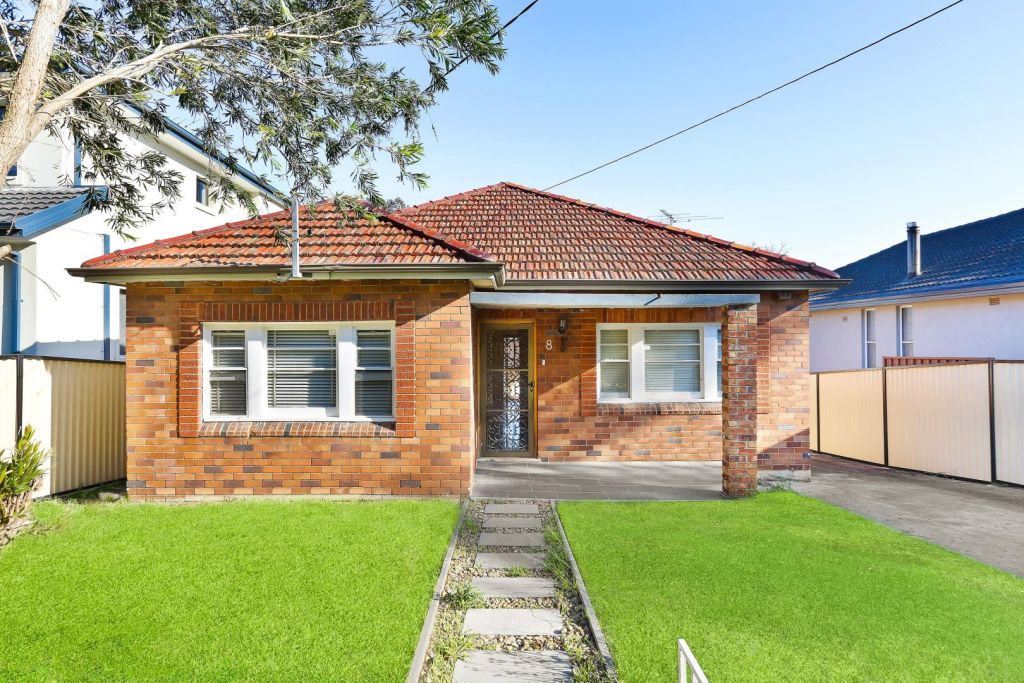
Dr Powell said while some of the areas with a small price gap between units and houses offered a relatively easy upgrade, it was important to note the nuance in each local market.
“When you’ve got a place where the price of units and houses isn’t miles apart, first of all it allows buyers to have greater choice and it means these are the areas where people can upgrade their property sooner. That’s important,” she said.
“Sometimes though, what you’re paying for is a buyer decision. For example, in some coastal towns, you may be able to get a house for not much more than a unit, but the units on offer may be on the waterfront, while the house is inland without the views and the lifestyle.
“So, while it’s possible to upgrade without taking on too much more debt, it’s about the makeup of the types of property there. A town like Goulburn in NSW doesn’t have a lot of major high-rises. The difference between a unit and a house there will be much closer than, say, Mosman or Bondi in Sydney.”
NSW
Sutherland Shire suburb Sylvania is Sydney’s easiest place in which to upgrade from a unit to a house. The percentage gap is still sizeable. There’s a 31.5 per cent difference between the unit median of $1,262,500 and the house median of$1.66 million, but it’s significantly less than in other postcodes where the percentage gap runs from 100 to 400 per cent.
Closer to the CBD, the smallest gap is in Rozelle, but the gap is 66.7 per cent. Here the unit median is $1.26 million and the house median is $2.1 million; a difference of $840,000. In Erskineville, also in the inner west, the gap is 71.2 per cent. The median price for a house is $1.69 million and for a unit $987,000; a price difference of $703,000.
Perhaps unsurprisingly, it’s the property markets outside of Sydney where it’s easiest to upgrade from a house to a unit. In Forster, the gap between the median price of units and houses is just 2.3 per cent, or $15,000.

Local agent Alicia Newman from Pacific Property Network said Forster’s coastal location meant its property market was diverse.
“Someone who walks in here with a budget of $850,000 could get either a unit or a house. You can essentially get both for the same money, but they won’t both be by the water,” she said.
“A lot of the apartment market in Forster is location driven. Because we are a high tourism area we have a lot of apartment blocks that are waterfront or close to the water and that pushes the average price of a unit up higher. So, you can buy a house for the same money as a unit but the house won’t be in the same location as the unit.”
Many of the regions where there is a smaller price gap between units and houses in NSW are coastal locations: Ballina, Yamba, Terrigal and Tweed Heads South all recorded gaps of less than 30 per cent.
Like Forster, their median apartment prices are likely to be higher thanks to a higher saturation of units close to the beach.
| State | Suburb | Region | % gap | Unit median | House median | Price gap |
| NSW | Forster | NSW Country | 2.30% | $655,000 | $670,000 | $15,000 |
| NSW | Goulburn | NSW Country | 7.20% | $485,000 | $520,000 | $35,000 |
| NSW | Riverstone | West | 10.60% | $799,990 | $885,000 | $85,010 |
| NSW | Tweed Heads South | NSW Country | 11.80% | $540,000 | $603,500 | $63,500 |
| NSW | Quakers Hill | West | 14.70% | $769,990 | $883,500 | $113,510 |
| NSW | Ballina | NSW Country | 19.40% | $670,000 | $800,000 | $130,000 |
| NSW | Yamba | NSW Country | 21.70% | $645,000 | $785,000 | $140,000 |
| NSW | Terrigal | Central Coast | 25.60% | $1,075,000 | $1,350,000 | $275,000 |
| NSW | Banora Point | NSW Country | 26.10% | $642,500 | $810,000 | $167,500 |
Victoria
The Melbourne suburb of Glenroy, about 13 kilometres north of the CBD, is where buyers will find the easiest upgrade from a unit to a house.
With a median unit price of $590,000 and a house median of $720,000, it’s a gap of 22 per cent, or $130,000, a far cry from the $508,000 difference between Greater Melbourne’s median unit and house prices.
Tim Harris of Boutique Estate Agents said Glenroy presented a unique opportunity for Melbourne buyers but warned they would need to be ready to compromise on location.
“This data highlights that Glenroy has that soft entry point to transition from a unit to a house but only in pockets that are up and coming,” he said. “There’s a difference between Glenroy and north Glenroy.

“The housing and the reputation is still being developed but that will come because money is coming into the area and it’s well and truly on the way to being better every day.
“I’d say do you want to follow the market or get ahead? Getting ahead requires compromising on location but there’s definitely opportunities to make that transition in Glenroy.”
| State | Suburb | RegionLabel | Unit median | House median | Gap | % gap |
| VIC | Glenroy | North | $590,000 | $720,000 | $130,000 | 22.00% |
| VIC | Altona North | West | $725,000 | $905,000 | $180,000 | 24.80% |
| VIC | Carrum Downs | South East | $521,000 | $655,000 | $134,000 | 25.70% |
| VIC | Broadmeadows | North | $440,000 | $555,000 | $115,000 | 26.10% |
| VIC | Boronia | Outer East | $628,500 | $796,000 | $167,500 | 26.70% |
| VIC | Rosebud | Mornington Peninsula | $640,000 | $814,000 | $174,000 | 27.20% |
Elsewhere in Victoria, Altona North has a gap of 24.8 per cent, or $180,000, and Rosebud, in the Mornington Peninsula, has a gap of 27.2 per cent, or $174,000.
Mike Phillips of RT Edgar Rye said there was a lot of opportunity in Rosebud for savvy buyers.
“The price gap between units and houses in Rosebud is nowhere near as big as it is in places like Rye or Dromana,” he said.
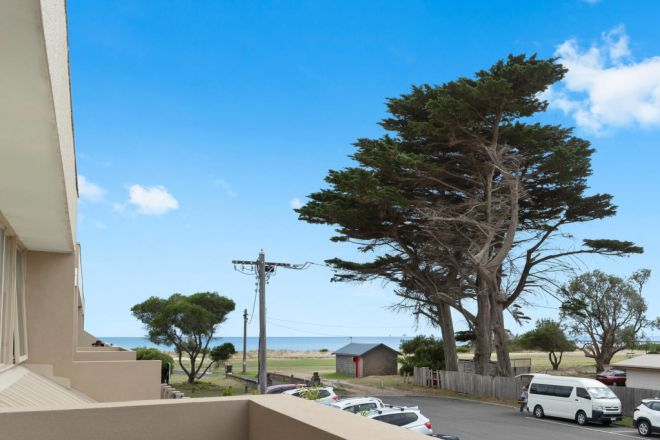
“In Rosebud, a lot of the houses are original holiday homes; they may be on small blocks of land … they’re the ones that 10 years ago people couldn’t give them away. Now they’re going for $700,000 to $800,000.”
Queensland
The Queensland town of Nelly Bay takes out the title for the easiest place in which to upgrade from a unit to a house in the entire country. And the gap isn’t just affordable, it’s non-existent – the median price for a house is actually 15.8 per cent less than the median price for a unit.
Nelly Bay, located on Magnetic Island off the coast of Townsville in north Queensland, has a property market where units reign supreme, said local agent Lorraine Marshall of Helen Munro Property.
“There aren’t many houses that are absolutely waterfront. Most of them are inland, whereas there’s a lot of units on the island that are literally right on the water with incredible views,” she said. “That’s why they’re more expensive.”
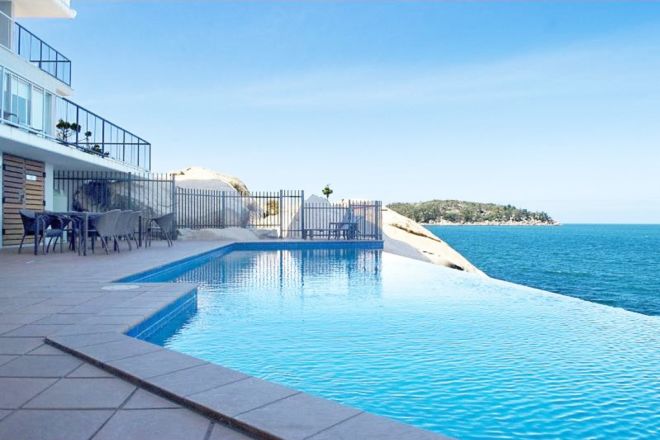
Ms Munro said local units and houses were being inundated with interest from first-home buyers, upgraders, downsizers and interstate buyers.
“It’s a real mixed bag at the moment. I think what’s great about Nelly Island is that there is the option to move freely between units and houses, depending on what you’re after. Some people end up selling their unit and moving inland to a house so they don’t pay body corp.”
Closer to Brisbane, the outer west suburb of Springfield Lakes has just a 17 per cent difference between its median unit and house prices, which equates to $75,300.
Shane Boyd of Harcourts Solutions said units and houses were both moving quickly in Springfield Lake thanks to a huge influx of buyers from Sydney and Melbourne.
“It’s certainly not as difficult to upgrade from a unit to a house here as it is in other areas. We’re talking a step up from a $400,000 unit to a $500,000 house. It’s not double like it is in other suburbs,” he said.

Closer to Brisbane City, there’s a 27.3 per cent difference in median price between units and houses in The Gap, a leafy suburb about 11 kilometres north-west of the CBD.
Upgrading from the median unit price of $715,000 to the median house price of $910,000 would require an extra $195,000.
Capalaba, in Brisbane’s outer east, has a gap of 44.6 per cent. Upgrading from the median unit price of $415,000 to the median house price of $600,000 equates to a $185,000 difference.
| State | Suburb | Region | % gap | Unit median | House median | Price gap |
| QLD | Nelly Bay | Townsville | -15.80% | $380,000 | $320,000 | -$60,000 |
| QLD | Scarness | Qld Rural | 11.90% | $353,000 | $395,000 | $42,000 |
| QLD | Bargara | Qld Rural | 13.40% | $429,000 | $486,500 | $57,500 |
| QLD | Springfield Lakes | Brisbane West | 17.00% | $442,900 | $518,200 | $75,300 |
| QLD | Mackay | Qld Rural | 17.90% | $280,000 | $330,000 | $50,000 |
| QLD | South Toowoomba | Qld Rural | 19.40% | $335,000 | $400,000 | $65,000 |
| QLD | Taigum | Brisbane North | 20.50% | $365,000 | $440,000 | $75,000 |
Western Australia
The easiest suburb in which to upgrade from a unit to a house in Western Australia is Rockingham, a beachside region located about 47 kilometres south-west of Perth.
The median price for a unit is $320,000, while the median price for a house is $393,500, equating to a gap of 23 per cent, or $73,500.
According to local agent Rob McGavin of Chalk Realty, it’s a gap that won’t be so small for much longer.
“The housing market in Rockingham is so undervalued. There’s been a price rise but, honestly, you can still buy waterfront property for $700,000, or a place within walking distance of the beach for $400,000,” he said.
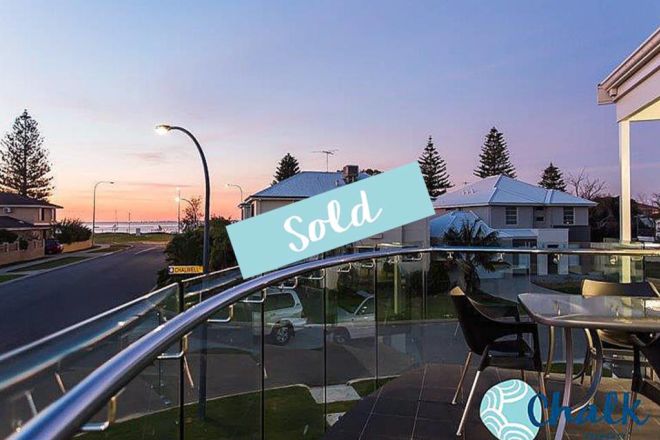
“We’re massively, massively undervalued and it’s because Rockingham is just shaking that working-class tag that it’s always had. We’ve got award-winning beaches, the premier (Mark McGowan) lives here … the area has really come along but prices haven’t gone up yet.”
Mr McGavin said buyers could still snag a one-bedroom apartment with 180-degree ocean views for $315,000.
“[For] every property we list, nine out of 10 inquiries are coming from the east (Australia). Places are selling quicker but prices haven’t caught up yet. It’s a matter of time.”
Also in Perth, the suburb of Inaloo, located about nine kilometres north of the CBD, has a gap of 31 per cent between unit and house prices, while Mandurah has a gap of 35 per cent, and Como a gap of 41.5 per cent.
| State | Suburb | Region | % gap | Median unit | Median house | Price gap |
| WA | Rockingham | South West | 23.0% | $320,000 | $393,500 | $73,500 |
| WA | Innaloo | North | 31.1% | $450,000 | $590,000 | $140,000 |
| WA | Mandurah | South | 35.1% | $245,000 | $331,000 | $86,000 |
| WA | Como | South East | 41.5% | $487,500 | $690,000 | $202,500 |
| WA | West Perth | City | 44.9% | $345,000 | $500,000 | $155,000 |
| WA | East Perth | City | 46.5% | $368,000 | $539,275 | $171,275 |
Tasmania
In Tasmania, the north coast city of Devonport is a standout area for affordable housing.
While the median price for a unit is $313,000, the median price for a house is just 22.4 per cent more, at $383,000.
Compared to the next best option, Sandy Bay in Hobart – where the gap between the median unit and house prices is 95.6 per cent – Devonport offers excellent value, said Mark Hurley of Roberts Real Estate.
“Certainly, you can quite easily get into a house for the same price as a unit,” he said.
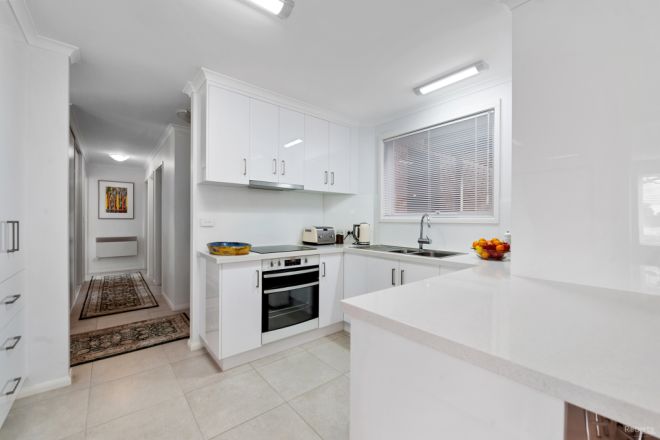
“But I would say the main attraction when it comes to units is the location. You could find a house but it might be two to five kilometres from the centre of Devonport, whereas the units are within walking distance of everything.”
Local LJ Hooker agent Tyla Pyke said a lot of young unit owners were keeping their units and using their equity to upgrade to a house.
“They’re doing that so they don’t have to be in a chain when they’re buying but the fact they’re able to do that is because houses are not out of reach … it wouldn’t be possible in the bigger capital cities.”
South Australia
The town of Murray Bridge, 78 kilometres south-east of Adelaide, has a gap of 20 per cent between its median unit price ($229,000) and median house price ($275,500).
Morphett Vale, about 26 kilometres south of Adelaide’s CBD, is the next best option. The median unit price there is $289,000 and the median house price $396,000, equating to a gap of 35 per cent, or $107,000.
Just eight kilometres out of the CBD, Lightsview, in Adelaide’s north-east, is not far behind, with a gap of 37.7 per cent, or $135,500.
We recommend
We thought you might like
States
Capital Cities
Capital Cities - Rentals
Popular Areas
Allhomes
More
- © 2025, CoStar Group Inc.


